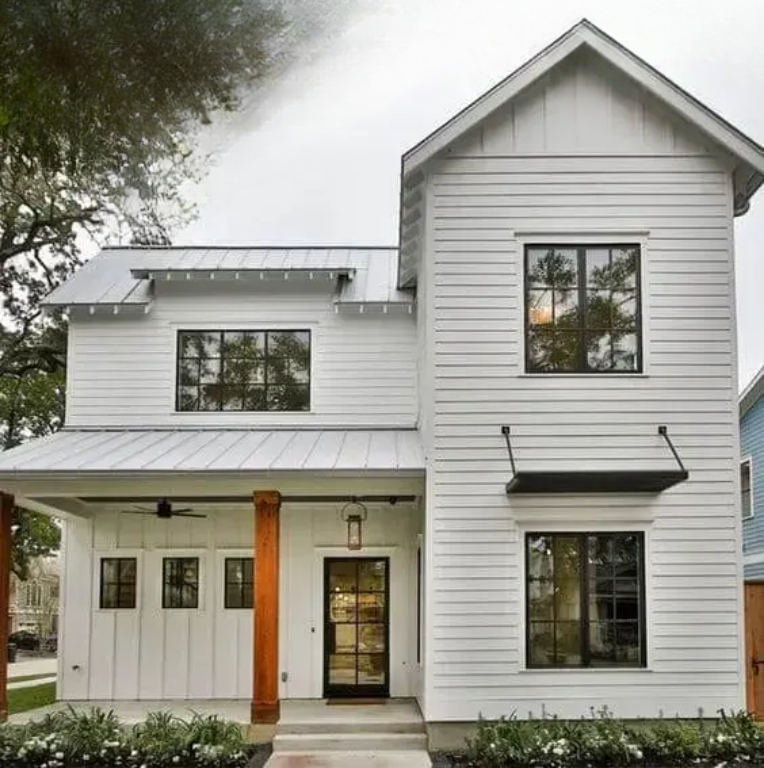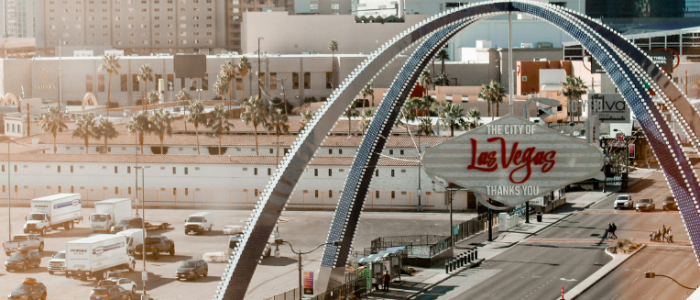
Published in Sep 26, 2025
Cultural and Historical Context
In the United States, civil construction evolved under strong cultural and economic influences. After World War II, there was a pressing need to build quickly, affordably, and on a large scale, which consolidated the use of Wood Frame as the predominant system for residential buildings. The abundance of wood and the ease of industrialization supported this choice.
Over time, Steel Frame began to gain ground in commercial, industrial, and eventually residential buildings, offering greater fire resistance, dimensional accuracy, and durability. Steel Wood, a hybrid solution that combines the lightness of wood with the strength of steel, represents an evolution that seeks a balance between tradition and innovation.
In Brazil, the historical preference has always been for reinforced concrete and structural masonry. However, there is growing openness to industrialized and sustainable construction systems, aligned with the increasing demand for speed, efficiency, and reduced environmental impact.


No Brasil, a preferência histórica sempre foi o concreto armado e a alvenaria estrutural, mas, cada vez mais, observa-se abertura para sistemas construtivos industrializados e sustentáveis, alinhados às demandas por rapidez e eficiência.
Technical Characteristics of the Systems
Steel Frame is defined by its structural lightness, fast assembly, dimensional accuracy, and lower environmental impact when compared to traditional methods. It reduces waste and simplifies future maintenance, since the entire system is designed with modularity in mind.
Steel Wood presents itself as an intermediate alternative, combining the advantages of wood — thermal comfort and cost-effectiveness — with the strength and durability of steel. This hybrid system is widely used in countries that seek to integrate constructive tradition with modern engineering approaches.

Field Observations
When visiting cities such as Los Angeles and Las Vegas, it becomes clear how Americans approach building and urban infrastructure. Unlike what is often seen in Brazil, there is no under-dimensioning. Water and sewage pipelines are robust, valve systems and collectors are designed to avoid failures, and even waste management is carefully planned to minimize impacts — for example, with food disposers connected to kitchen sinks.

Similarly, electrical and HVAC systems feature larger ducts, distributed with attention to safety and long-term maintenance. This preventive mindset reflects a culture that prioritizes durability and the consistent quality of materials.
Relevance for Brazil and MT Engenharia
- At MT Engenharia, we believe that the future of construction in Brazil also depends on the adoption of lighter, industrialized, and sustainable building systems. Steel Frame and Steel Wood represent promising solutions for residential, commercial, and industrial projects, offering benefits such as faster execution, reduced waste, and greater cost predictability.
- Our commitment is to follow international best practices and adapt them to the Brazilian reality, delivering solutions that combine innovation, safety, and technical excellence.
Conclusion
Being in contact with different construction realities, such as those in the United States, expands our perspective and strengthens our purpose: to transform projects into works that integrate efficiency, technology, and sustainability.
At MT Engenharia, we are prepared to guide and develop projects that follow global engineering trends, while respecting the specific needs of our country and ensuring safety and excellence at every stage.
Get in touch with us and discover how we can transform your project.




